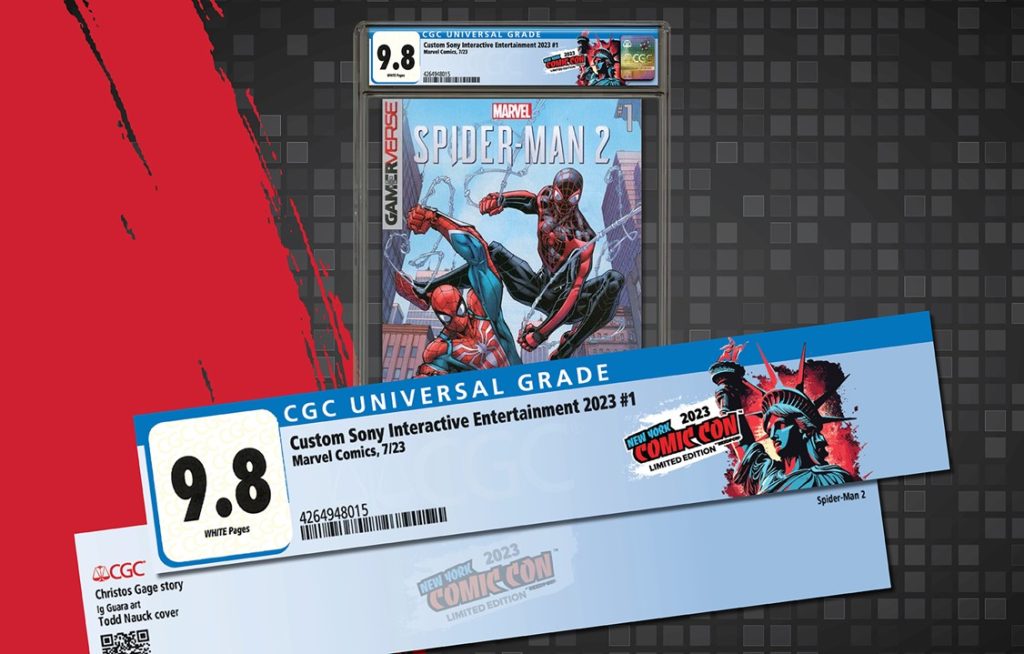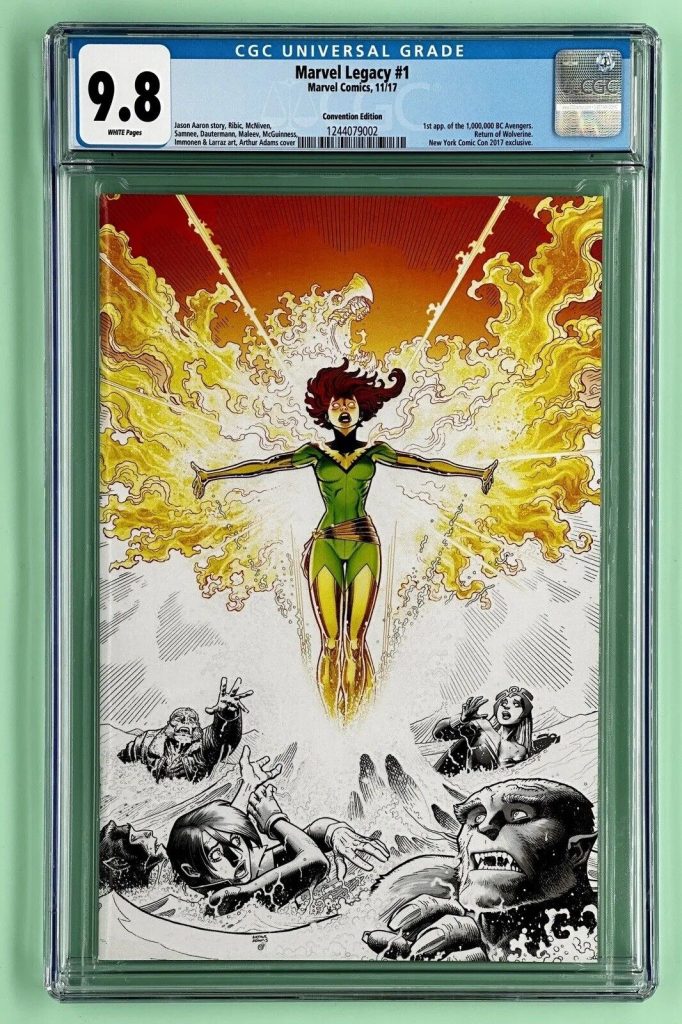
In the first two columns I wrote for Comics Illustrated, I first dealt with my personal history and origins of grading, and in the second, I delved into the influence CGC and third-party grading have had on our hobby.
The latter column was mostly upbeat, explaining the ways in which CGC and the ‘professional’ grading of today had ushered in a whole new era of advantages and credence to a once chaotic collecting world. But that was then. Now it’s time to pull away the curtain and deal with some ugly truths.
CGC has possibly saved the entire industry due to its impact and influence. “How is that possible?” I hear many of you screaming. Well, hear me out. Let me explain. Time for another controversial statement: the era of the comic reader is over, or, to be more specific, the American-style super-hero comic reader. While manga thrives, the traditional super-hero publishing world has been losing readers month after month, year after year. Monthly publication numbers have slipped to all-time lows, with some comics only hitting a 15,000-print run! Readership has died during the golden age of comic book exposure to the world! Yes, think about that for a moment; let it sink in. Ever since the 2005 Iron Man movie brought about a renaissance of superhero movies, bringing millions of new fans to ‘our little comic world’, actual comic book readership has dropped! The reasons for this are myriad, but I hope to get into that at a later date. But for now, one has to ponder the question: if readership has dropped, what’s keeping the industry alive?

Time for another controversial statement: the collectors and speculators, or, in today’s vernacular, the flippers, are keeping the comic stores and publishers alive. With most publishers using variant covers to publish multiples of new ‘hot’ issue number ones, collectors are purchasing multiple copies of all the variants, not reading them, but sending off the best 9.8 candidates to CGC and then putting them on the market. So, CGC is the tool with which hundreds of thousands of these ‘collectible variants’ are being spread throughout our hobby. The publishers are very smart, using every sales and marketing technique in the current toolbox to entice purchasers to keep the money flowing. The results of this new marketing era are quite evident. Titles will be lucky to hit 25-issues, but there will be 25 variants of issue one to collect, each with a different artist and with a different print run, such as 1/10, 1/25, 1/50, and 1/100. 1/500, 1/1000 or even 1/5000. Using this technique, certain books can get a buzz and become hot or scarce for a moment, garnering hundreds or even thousands of dollars in the open market. This is all possible due to CGC, an element of collecting that did not exist during that other speculator-driven era, 1990–1994.

Collectors were purchasing books by the millions back during that gluttonous era of spectacular greed and overindulgence. I know—I was there; I witnessed it. I had to live in the aftermath of closing stores and storage rooms being filled with comic shop inventory as former owners went bankrupt. The arrival of EBay and CGC has allowed speculators to sell their investments to the wider world, with CGC giving validation and safety to someone in Uganda wanting to purchase a CGC 9.8 copy of the latest J. Scott Campbell cover. So, in today’s world, hundreds of thousands of books that, in my opinion, don’t deserve to be slabbed are being sent off to CGC or CBCS with the intention of being flipped. In fact, all manner of comics are being sent to CGC, including low-grade silver or bronze books or even low-grade 1980’s books. For example, on my comic book Instagram site a few months ago, a ‘collector’ showcased a photo of a rather common Fantastic Four issue from the Silver Age, a VG 4.0 copy, with a value of about $60. I posed the question, “Why spend money on CGC when you could have purchased another great Silver-Age issue instead?”. Wow, the ‘collector’ lost his mind and went into a full tirade, I had to block him, as
he was poisoning my fun site. After that, I pondered the reaction, going through various scenarios in my mind, which in turn led to this column. More books are being sent off to be slabbed and never read than ever before.
As long as the economy can support this mini-comic industry, this is the way the modern super-hero comic book world will exist. Of course, there are exceptions, comics that get a buzz due to the story or the creator, but in general, we are currently in a world of CGC variant collectible ‘investments’ and no major creators writing super-hero stories for all ages.
